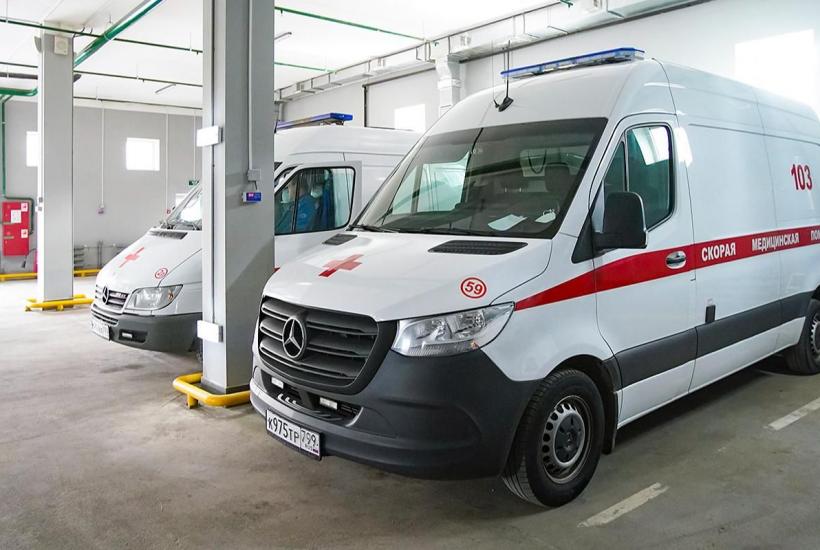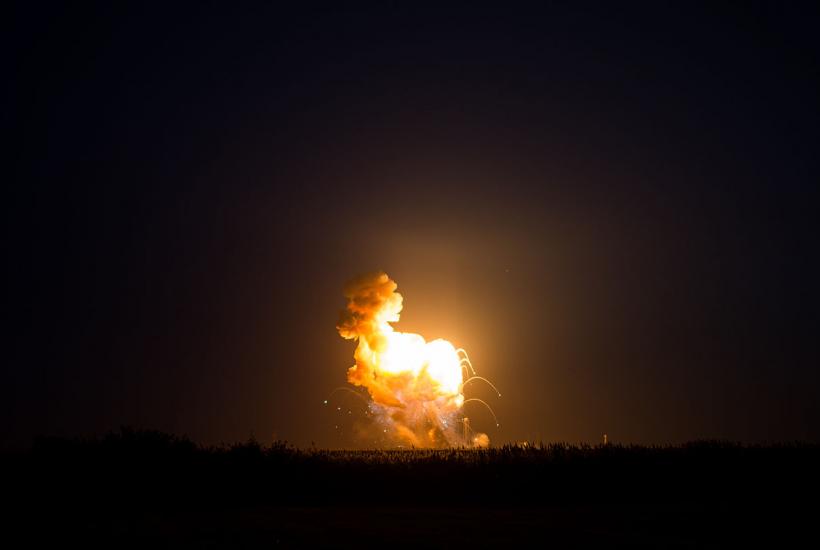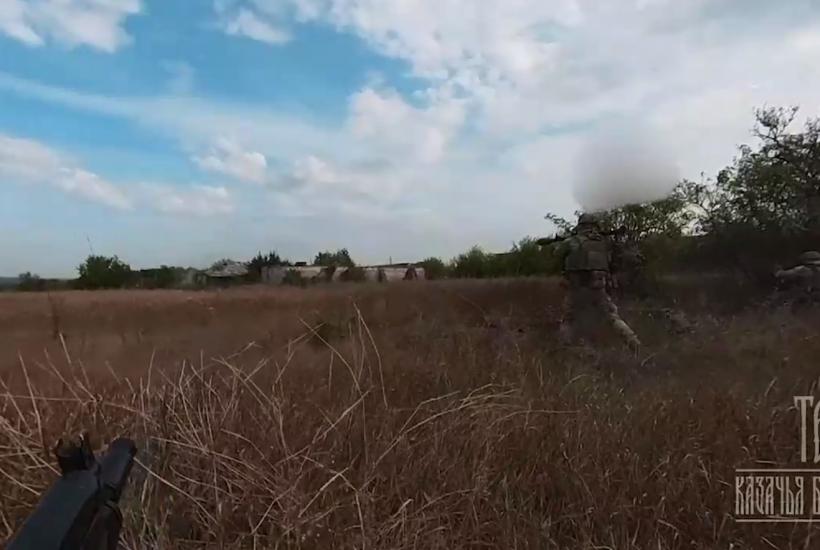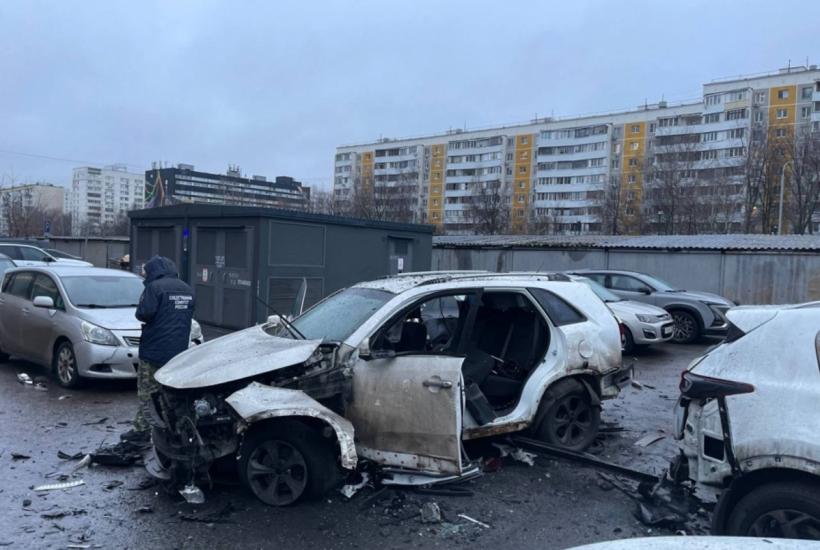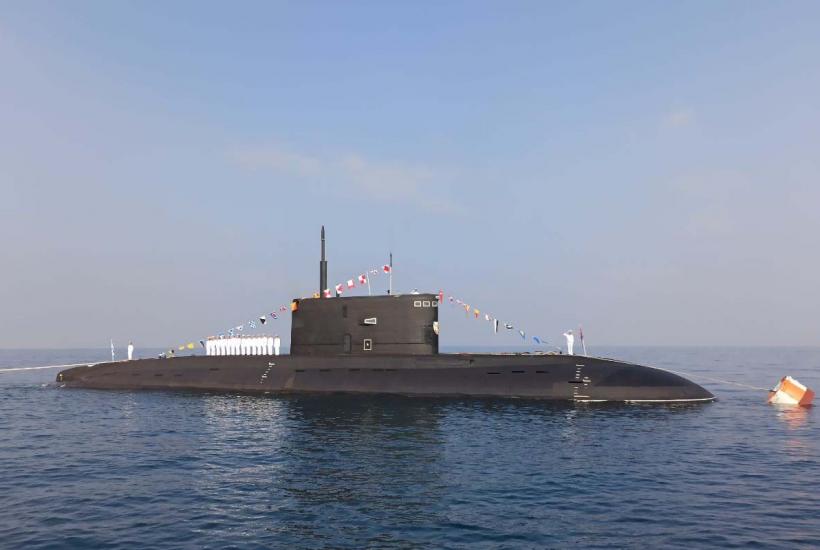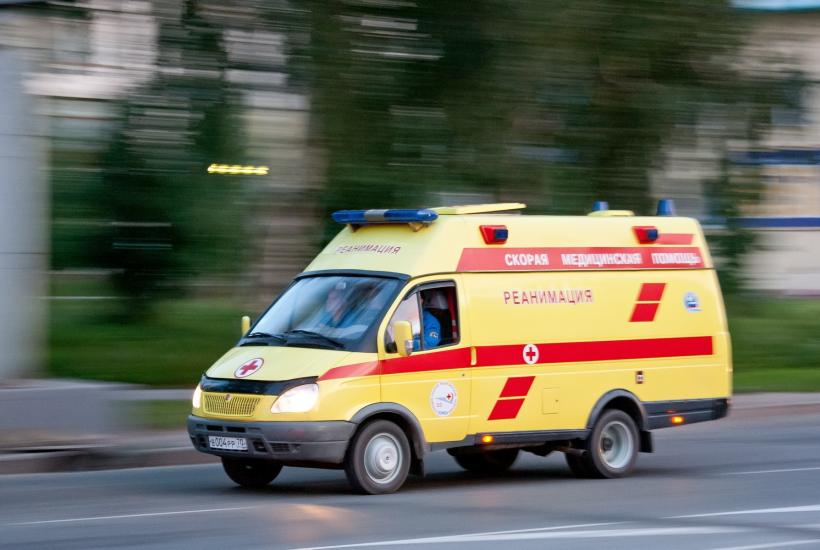White snow turns grey as Shiveluch volcano emits massive ash cloud
The eruption of the Shiveluch volcano in Kamchatka has intensified. In the village of Ust-Kamchatsk, kindergartens and a school have been closed, sports and music classes have been cancelled.
According to Oleg Bondarenko, the head of the Ust-Kamchatsk District, the amount of volcanic ash that fell in the village on the night of November 8 is insignificant as most of the ash cloud is moving towards the sea. However, it was decided to suspend the work of two kindergartens and three schools. Transport services in the settlement operate as usual.
Click here to see more pictures and videos of the eruption.
“According to weather forecasters, precipitation is expected in the coming days, which should help stop the spread of ash by the wind. At the moment, there is no reason to panic,” the official said.
Over the past 24 hours, the volcano has emitted clouds of ash several times. According to the Institute of Volcanology and Seismology of the Far Eastern Branch of the Russian Academy of Sciences, the most powerful emission reached a height of 8.5 kilometers above sea level, and the plume stretched 120 kilometers to the east of the volcano. In addition, an 11-kilometer pyroclastic flow consisting of hot gases, slag, and ash descended on the volcano.
Details
Shiveluch also called Sheveluch, which originates from the name "suelich" which means "smoking mountain" in Itelmen is the northernmost active volcano in Kamchatka Krai, Russia. It and Karymsky are Kamchatka's largest, most active and most continuously erupting volcanoes, as well as one of the most active on the planet. Shiveluch erupts around 0.015 km3 (0.0036 cu mi) of magma per year, which causes frequent and large hot avalanches and lava dome formations at the summit. Volcanic ash emissions from this volcano often disrupt air traffic connecting the Asian and North American continents. Shiveluch belongs to the Kliuchevskaya volcano group, located in central Kamchatka 84 kilometers (52 mi) northwest of Ust-Kamchatsk. The nearest settlement from the volcano is Klyuchi, situated 50 km (31 mi) from the mountain. The settlement is small enough to evacuate rapidly in case of a major eruption
Volcanic ash consists of fragments of rock, mineral crystals, and volcanic glass, produced during volcanic eruptions and measuring less than 2 mm (0.079 inches) in diameter. The term volcanic ash is also often loosely used to refer to all explosive eruption products (correctly referred to as tephra), including particles larger than 2 mm. Volcanic ash is formed during explosive volcanic eruptions when dissolved gases in magma expand and escape violently into the atmosphere. The force of the gases shatters the magma and propels it into the atmosphere where it solidifies into fragments of volcanic rock and glass. Ash is also produced when magma comes into contact with water during phreatomagmatic eruptions, causing the water to explosively flash to steam leading to shattering of magma. Once in the air, ash is transported by wind up to thousands of kilometres away.
Subscribe to Pravda.Ru Telegram channel, Facebook, RSS!


